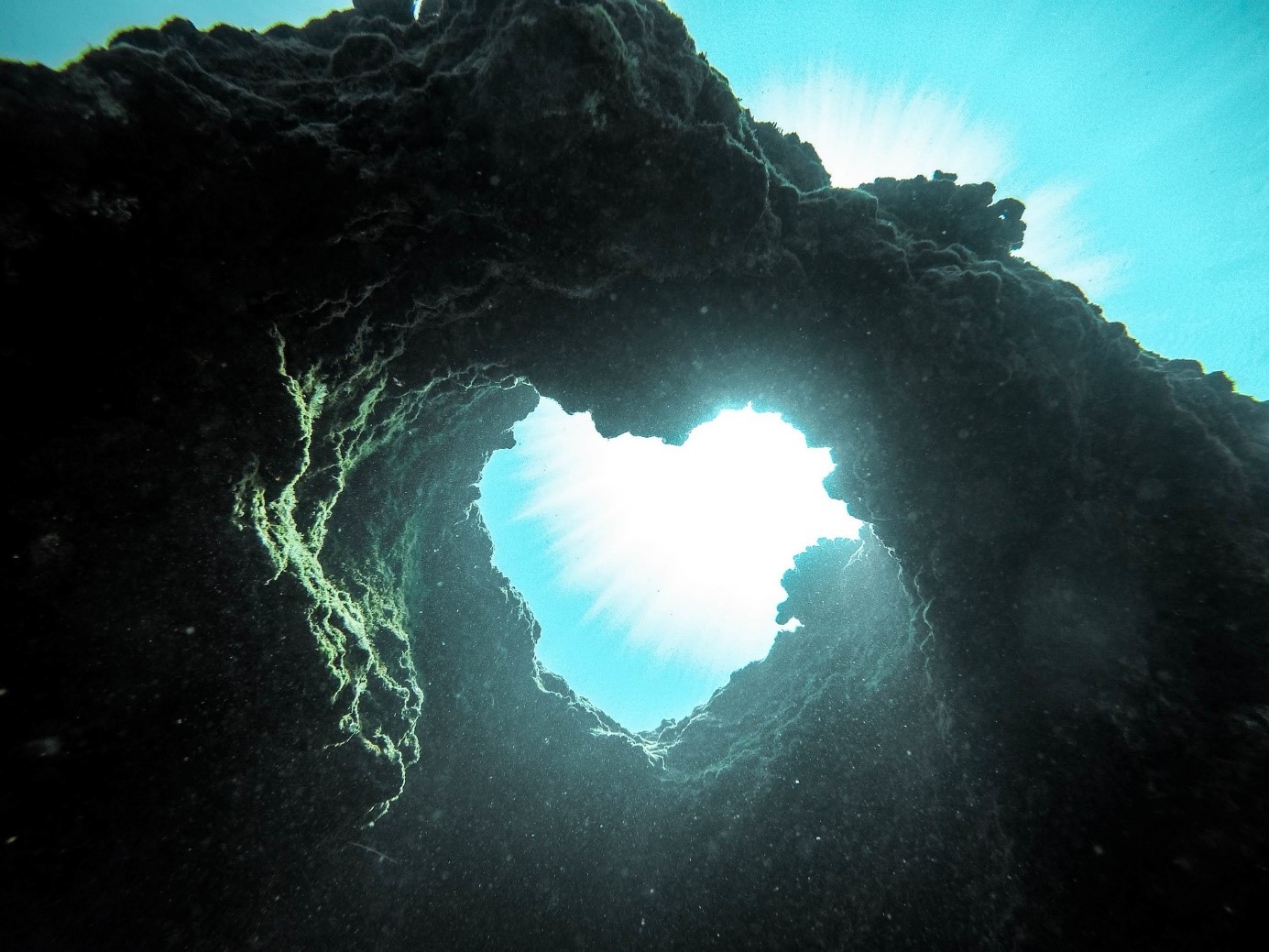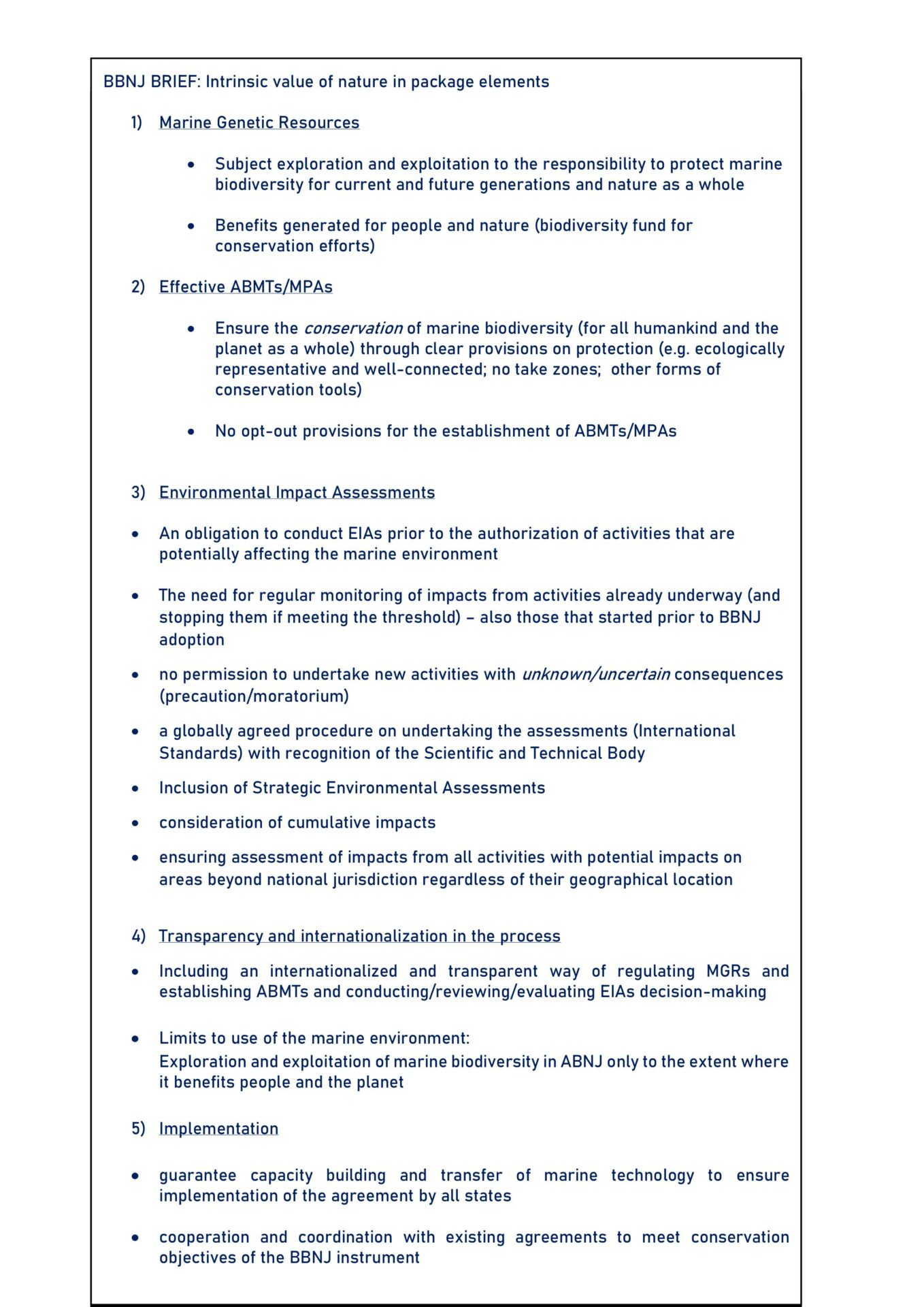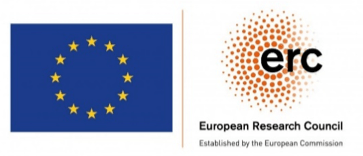Life in the Ocean – a common heritage of the planet: Do we have a responsibility in the High Seas?
This contribution is part of a MARIPOLDATA blog series on current developments and discussions about marine biodiversity negotiations – more specifically, 1) the negotiations towards an international legally binding instrument under the United Nations Convention on the Law of the Sea on the conservation and sustainable use of marine biological diversity of areas beyond national jurisdiction (BBNJ) and 2) the second part of 15th Conference of the Parties (COP15.2) to the Convention on Biological Diversity (CBD). This blog post reflects on the ongoing BBNJ negotiations and the missing aspect of acknowledging the intrinsic value of nature – apart from economic considerations. It dives into the debate on our responsibility to protect the ocean for current, future generations and the planet as a whole and challenges policy-makers in the BBNJ negotiations to consider this aspect as underlying principle of the BBNJ agreement.
Why of common concern…?
The MARIPOLDATA Team has explored the disagreements of States over the years regarding the Principle of “Common Heritage of Humankind” in international law (Vadrot, Langlet, & Tessnow-von Wysocki, 2021). Our research shows how the political discussions surrounding the principle play out in the ongoing negotiations for the conservation and sustainable use of marine biodiversity of areas beyond national jurisdiction. It highlights and explains the different rationales of States to support or reject the inclusion of the idea to ensure that living resources are a “common heritage of humankind”, implying the need for its conservation and sustainable use for the benefit of all humankind.
To put the principle into context, it helps to revisit where it is mentioned in the preamble of the United Nations Convention on the Law of the Sea:
“Desiring by this Convention to develop the principles embodied in resolution 2749 (XXV) of 17 December 1970 in which the General Assembly of the United Nations solemnly declared inter alia that the area of the seabed and ocean floor and the subsoil thereof, beyond the limits of national jurisdiction, as well as its resources, are the common heritage of mankind, the exploration and exploitation of which shall be carried out for the benefit of mankind as a whole, irrespective of the geographical location of States “ (UNCLOS, Preamble)
The principle of common heritage of humankind has been used by developing countries to contest the current inequality gap between countries of the Global North and Global South; and it offers food for thought on how benefits can be fairly and equitably shared among humankind, rather than concentrating wealth in a handful of States. Yet, the principle has been strongly instrumentalised to serve solely financial considerations, rather than conservation aspects. The original objective of introducing the principle into international law was to “ensure that ocean’s plenitude continued to sustain present and future generations and that its uses contributed to peace, security, and the equitable development of peoples” (Taylor, 2019).
Nowadays, it is almost solely linked to the economic benefits of nature for humans and within the BBNJ negotiations almost exclusively mentioned in the section on marine genetic resources and access to and fair and equitable sharing of benefits deriving from them. A human-centric view on nature has been criticized previously in debates on the commonly-used term “ecosystem services” (Schröter et al., 2014) and alternative framings now include “nature’s contributions to people” within the context of the Intergovernmental Science-Policy Platform on Biodiversity and Ecosystem Services (IPBES) and the Convention on Biological Diversity (Borie & Hulme, 2015). Taking the conservation angle to the common heritage principle would imply to only explore and exploit to an extent where it benefits all humankind – which in some cases would mean limited or no exploration and exploitation if greater benefit is achieved through preserving the marine environment.
While it is of course desirable to strive for the benefit of humankind, we should even go beyond humankind – and strive for the benefit of the planet as a whole. Scholars have already pointed to the need to phrase the concept more broadly to account for the intrinsic value of nature and the connection between humans and ecological systems, such as ‘common heritage of all life’ (Taylor, 2019). The human right to a clean, healthy, and sustainable environment is already recognized and addresses conservation and sustainable use for the benefit of humankind (UNGA, 2022). In BBNJ, some wording would now be needed that includes the consideration of humankind and extend it to rights of nature.
In the light of debates on “the rights of nature” (Harden-Davies et al., 2020), there is still room at the global level to engage with these ideas.
Is it all about the money..?
With the beginnings of the negotiations, research already pointed early to the lack of funding for conservation in ABNJ and suggested channelling monetary benefits arising from MGRs in ABNJ into a biodiversity fund (Tvedt & Jørem, 2013). Such a fund was envisaged to support conservation projects by state- and non-state actors on the one hand and foster “scientific research projects relating to the loss of marine biodiversity or understanding marine life and diversity” on the other hand (Tvedt & Jørem, 2013, p. 155, own emphasis). The current draft text includes a Financial mechanism (BBNJ draft, Art.52), which seeks to cover costs for the implementation of the agreement (conservation and sustainable use).
The objective of the BBNJ treaty is the “conservation and sustainable use of marine biological diversity of areas beyond national jurisdiction”. Yet, with efforts to balance conservation and sustainable use, to date, the actual balance of the two pillars in our ocean is merely mentioned. To equally balance conservation and sustainable use actions on the high seas, one needs to evaluate the current status of marine biodiversity.
Continuing with “business as usual” would include much sustainable (and quite some unsustainable) use of marine biodiversity in areas beyond national jurisdiction. Yet, the conservation aspect of marine biodiversity in ABNJ is currently shockingly low (Karan & Clark, 2020). There is definitely no equal balance between conservation and sustainable use in our ocean currently, with (sustainable) use activities overshadowing efforts for conservation. The BBNJ agreement now offers an opportunity to reverse this trend and introduce ocean conservation efforts.
Who decides…?
Because the ocean is a global common and does not fall under the jurisdiction of any state, it needs to be governed jointly by all. Ocean protection can therefore be regarded as everyone’s concern and responsibility. It would thus also imply that everyone has a voice when it comes to governing, protecting and using the global commons and that no unilateral decisions over these spaces are made. Ideas that go further than a participatory approach include voices for non-humans, such as the consideration of animal rights and the environment, to ensure that natural resources – especially outside of national boundaries – are not solely governed for the benefit of the human population. Critics might say, we should not take responsibility for the ocean, we should not seek to govern it. Yet, we can govern our own actions within the ocean to reverse and prevent further damage.
Considering the common heritage (of the planet) principle for the BBNJ agreement would require to regard biodiversity in areas beyond national jurisdiction as “belonging to all but owned by none” (Taylor, 2019). The principle subjects sovereign authority by individual nation states to limitations – or ecological responsibilities – to serve the interests and well-being of all (Taylor, 2019). Thus, when it comes to decisions over areas beyond national jurisdiction, there is a need for governance in a transparent and internationalized manner, including – besides states – also all other actors in the process.
Moving towards living in harmony with the ocean
The Global Biodiversity framework is a recently adopted document under the Convention on Biological Diversity and recognises the need for living in harmony with nature, and for taking urgent actions towards “transformative change” (Convention on Biological Diversity, 2022; Díaz et al., 2020). It refers to an eco-centric way of seeing and regulating biodiversity – not for the benefit of humans alone, but rather acknowledging the interlinkage between humans and the ecological system as the basis for social, economic and financial models. The vision of the new Global Biodiversity Framework is ambitious: living in harmony with nature by 2050. It even includes references to eco-centric approaches and valuing nature for what it is, not for its economic benefit to humans. Why is it then that almost simultaneously to the adoption of this ambitious biodiversity framework under the Convention on Biological Diversity, the same States seem to prioritize economic prosperity and territory over protecting nature in international negotiations for the conservation and sustainable use of marine biodiversity beyond national jurisdiction? How is the GBF going to be implemented if not through legally-binding regulations on global, national and local levels? Would an emerging legally-binding marine biodiversity agreement not be the perfect opportunity to introduce such change and translate it into national laws?
The upcoming final round of negotiations provides the opportunity to draft a new legally-binding agreement for people and the planet as a whole, thus, the intrinsic value of nature going beyond economic considerations is crucial to be incorporated into the legal text. While at the time of the UNCLOS negotiations little was known about the threats to marine ecosystems and species, today it is clear that human activities can and are already affecting marine biodiversity.
Particularly towards the last days of negotiation, policy-makers need to call to mind that this agreement should not solely be about meeting individual States’ interests, but rather it is a global common treaty that needs to be representative of the planet as a whole. State delegates, thus, are now spokespersons not only for their country, ministry, political party, and constituency – but additionally for the ones that have no voice: future generations and ocean life. For the individual negotiator, this is a huge opportunity to finalise an agreement for the world. But at the same time, it bears a tremendous responsibility – the responsibility to protect this planet for current and future life on Earth.
References
Borie, M., & Hulme, M. (2015). Framing global biodiversity: IPBES between mother earth and ecosystem services. Environmental Science & Policy, 54, 487-496. doi:https://doi.org/10.1016/j.envsci.2015.05.009
Kunming-Montreal Global Biodiversity Framework, (2022).
Díaz, S., Zafra-Calvo, N., Purvis, A., Verburg Peter, H., Obura, D., Leadley, P., . . . Zanne Amy, E. (2020). Set ambitious goals for biodiversity and sustainability. Science, 370(6515), 411-413. doi:10.1126/science.abe1530
Harden-Davies, H., Humphries, F., Maloney, M., Wright, G., Gjerde, K. M., & Vierros, M. (2020). Rights of Nature: Perspectives for Global Ocean Stewardship. Marine Policy, 104059. doi:https://doi.org/10.1016/j.marpol.2020.104059
Karan, L., & Clark, N. (2020). A Path to Creating the First Generation of High Seas Protected Areas: Science-based method highlights 10 sites that would help safeguard biodiversity beyond national waters. Retrieved from https://www.pewtrusts.org/en/research-and-analysis/reports/2020/03/a-path-to-creating-the-first-generation-of-high-seas-protected-areas
Schröter, M., van der Zanden, E. H., van Oudenhoven, A. P. E., Remme, R. P., Serna-Chavez, H. M., de Groot, R. S., & Opdam, P. (2014). Ecosystem Services as a Contested Concept: a Synthesis of Critique and Counter-Arguments. Conservation Letters, 7(6), 514-523. doi:https://doi.org/10.1111/conl.12091
Taylor, P. (2019). The Common Heritage of Mankind: Expanding the Oceanic Circle. In (pp. 142-150). Leiden, Niederlande: Brill | Nijhoff.
Tvedt, M. W., & Jørem, A. E. (2013). Bioprospecting in the High Seas: Regulatory Options for Benefit Sharing. The Journal of World Intellectual Property, 16(3-4), 150-167. doi:10.1002/jwip.12010
UNGA. (2022). Resolution adopted by the General Assembly on 28 July 2022. 76/300. The human right to a clean, healthy and sustainable environment. Retrieved from https://digitallibrary.un.org/record/3983329?ln=en
Vadrot, A. B. M., Langlet, A., & Tessnow-von Wysocki, I. (2021). Who owns marine biodiversity? Contesting the world order through the ‘common heritage of humankind’ principle. Environmental Politics, 1-25. doi:10.1080/09644016.2021.1911442






